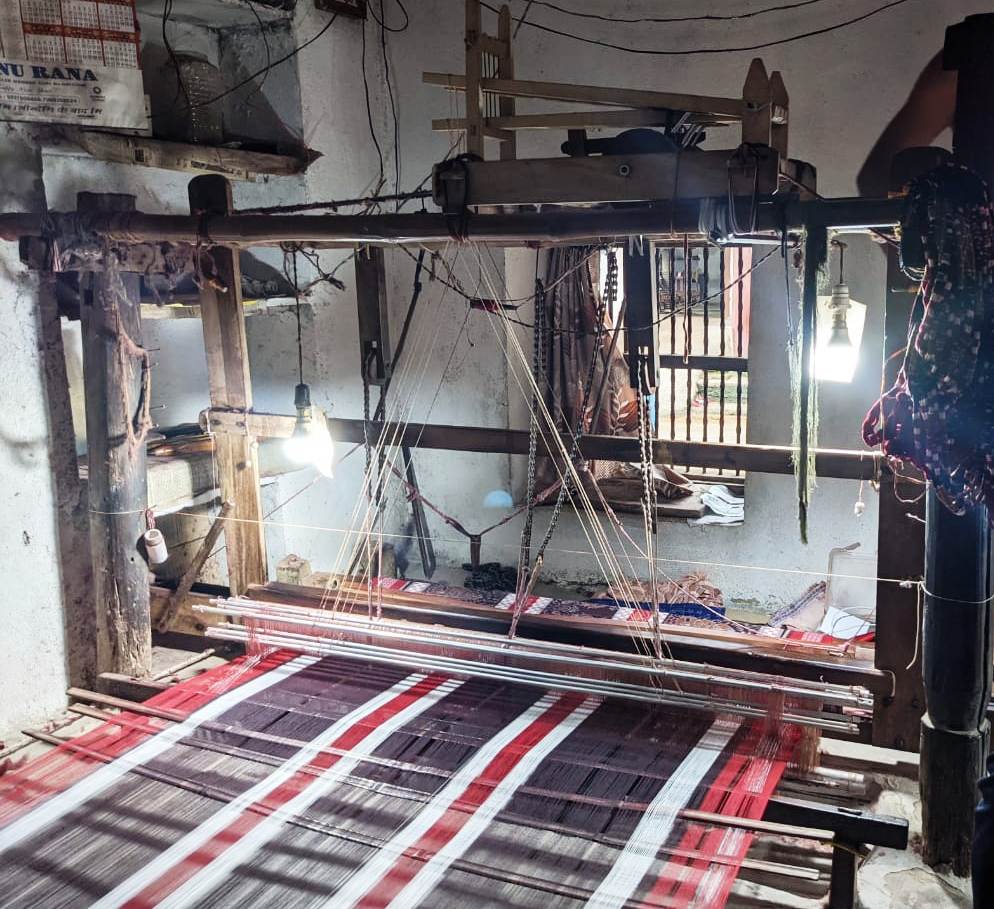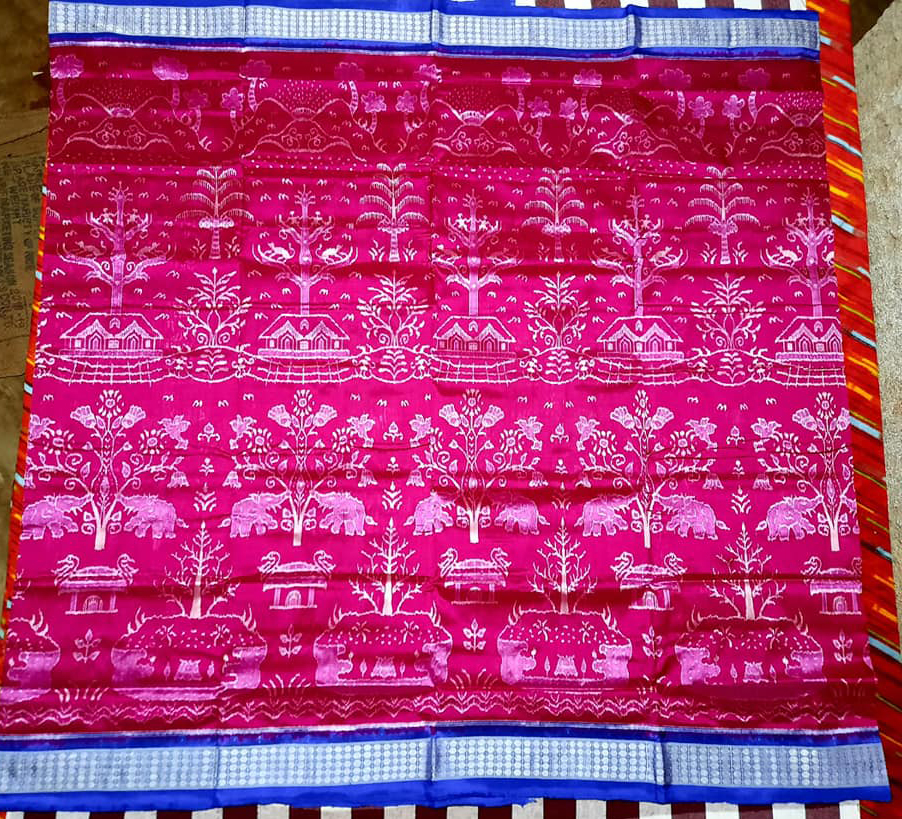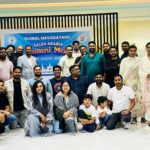This handloom, widely used by weavers in West Odisha is a unique tool. This wooden tool ,made of teak frame and abony wood costs nearly 25,000 rupees Besides ,the other requirements are like cotton yarn dyes ,and other materials costs another few thousand rupees. Here the argument is if you invest Rs 50,000/- only. A loom can feed 5 members of the family. In addition to it, it is totally eco friendly, It does not cause any environment hazards and make zero carbon foot print . Handloom is most eco-friendly work. It is the largest job creating sector after agriculture. But on the other hand, in case of heavy industries, in every crore rupees investment the job creation is very less.
We invest thousand crores rupees in mega industrial projects that cause massive environmental hazards and so on. But that do not create that much jobs. Besides, it causes displacement too. So we should invest more in handloom sector. Charkha of Gandhijii was a symbol of self reliance. Though charkha has been replaced now a days with some simple machines to prepare the pre loom materials, handloom remains a good tool to feed millions of weavers in West Odisha. It may be noted, the tie and dye work is exclusively hand made. Dying are done in hands even today.

In West Odisha, one may come across great many villages in which the entire population would be weavers . Weaving involves a community work. Great many people are engaged. It is a beautiful industry that makes the work very reciprocal, inter dependence. Locally the Saree or a 12 yard cotton fabric is a culture statement on the yarn. We will tell you the art aspect of Sambalpuri Saree later.


A report By:
Mr. Kishore Meher
Former Research Scholar
Jawaharlal Neheru University, New Delhi







